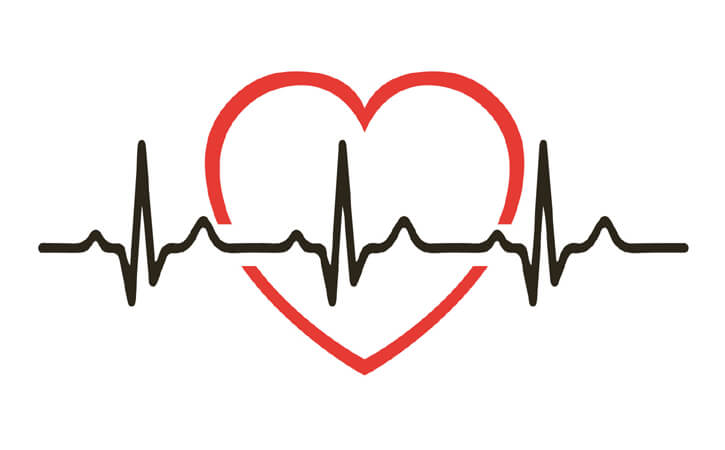Not all signs of an impending heart attack are obvious and the subtle signs which go unnoticed can still result in a deadly outcome, adding to the tragic statistic that makes Coronary heart disease (CHD) the leading cause of death for men and women in America. Numbers don’t lie, and they’re staggering: Every 43 seconds, an American succumbs to coronary heart disease — that’s 2,000 lives a day. Some knew they had unhealthy hearts. Some didn’t recognize the early warning signs. CHD is the number one killer of both men and women in the US.
Here are 10 tips to reduce the risk of developing this deadly disease.
1. Know Your Risks for Coronary Heart Disease
There are five major risk factors which lead to coronary artery disease or heart attacks. Those risk factors include high blood pressure, high cholesterol, high sugar levels or diabetes, smoking and family history of heart disease. Men over the age of 45 and women over the age of 55 need to pay more attention as they are at a higher risk for heart disease.
2. Recognize Early Signs of Coronary Heart Disease
Make sure you recognize signs of heart disease such as shortness of breath, discomfort and tightness in chest, neck, or jaws or the back, indigestion can sometimes be a sign of coronary heart disease. Be even more wary of these signs when they come with exertion! If you notice these signs, consult your doctor immediately.
3. Maintain Healthy Weight
Eating right and keeping a check on your weight will help you lower heart disease risk. A waist circumference of more than 35 inches for women and 40 inches in men is more likely to be associated with heart disease. Cutting out sugary sweet or high calorie drinks can save you many calories a day and help you lose weight.
4. Watch Your Diet
Try to have a balanced diet. Add more fruit and vegetables, whole grain bread, pasta and rice. Lower amount of salt in your diet. Avoid fatty foods particularly trans fats which are found in processed foods. Avoid ingredient lists that have hydrogenated or partially hydrogenated fats which are trans fats. Start the day with some fruit and a serving of whole grains like oatmeal. Have a handful of nuts few times a week. Choose lean cuts and reduced fat options. Add whole plant-based foods.
5. Lower Your Cholesterol Levels
Higher levels of cholesterol lead to fatty deposits in your heart and brain arteries that lead to heart attacks and stroke. You can lower your cholesterol levels by exercising and eating right. Try to avoid fatty foods. Reduce your cholesterol by limiting butter, red meat, bakery products and fried foods.
6. Lower Your Blood Pressure Levels
The higher the blood pressure, the shorter the life expectancy. People with higher blood pressure run the risk of heart attacks and strokes. People should aim for a blood pressure of less than 130 mmHg systolic (top number) and less than 80 mmHg diastolic pressure (bottom number). Remember 120/80 as a target blood pressure.
7. Stop Smoking
Smoking is one of the strongest risk factors for developing coronary heart disease. A smoker is twice as likely to have a heart attack than a non-smoker. There are many ways to quit smoking, talk to your doctor. E-cigarette’s are no replacement, so avoid!
8. Exercise more
Try to walk 10-15 minutes daily. It’s ideal to exercise 30 minutes 4-5 times a week! You don’t have to over-exert yourself. Brisk walking or light jogging is great for this purpose.
9. Stress Less
Lower your stress levels. High stress leads to more smoking and drinking and increases your risk of heart attacks. Look into relaxation techniques such as deep breathing, yoga, gardening, etc.
10. Get A Good Night’s Sleep
You need 6 to 7 hours of sleep a night to give your body the break it needs to function efficiently and lower your risk of developing heart disease and blood pressure. Make sure you take time to rest.
For more information about coronary heart disease and how you can prevent and manage this disease, check out my book Be Heart Smart.
Waqar Khan, MD, MPH, is a board-certified interventional cardiologist who has helped thousands of patients overcome coronary heart disease and improve their heart health during his 20-plus years in private practice. A fellow of the American College of Cardiology, he serves as the Medical Director at the Lone Star Heart and Vascular Center in Houston, Texas, and is an affiliate faculty member in cardiology at Baylor College of Medicine. He is the author of Be Heart Smart.






